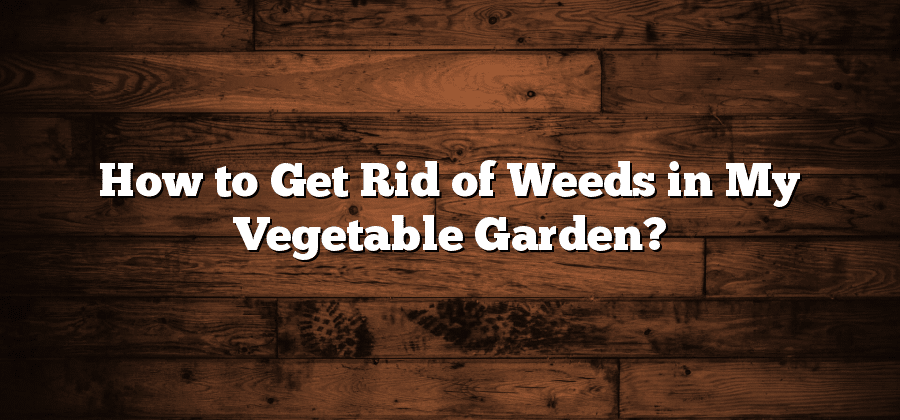Identifying Common Garden Weeds
Weeds are a common nuisance in gardens, often competing with desirable plants for nutrients, water, and sunlight. Being able to identify these unwelcome intruders is crucial in effectively managing them. One common weed that can be easily recognized is the dandelion. With its characteristic yellow flower head turning into a fluffy white seed head, it spreads quickly and can be found in lawns and gardens. Another notorious weed is the common chickweed, with its small white flowers and fine, delicate stems. It tends to thrive in moist areas, quickly colonizing open spaces in the garden.
Another weed that gardeners often encounter is the common purslane. With its thick, fleshy leaves and yellow flowers, it can be found in gardens, vacant lots, and even cracks in sidewalks. Purslane is known for its ability to withstand drought, making it a tenacious opponent. Moreover, the broadleaf plantain is another problematic weed, easily identified by its wide leaves and distinctive parallel veins. It can be found in lawns and garden beds, often forming dense patches over time. By familiarizing yourself with these and other common garden weeds, you can take proactive measures to address them before they become a major problem.
Preventing Weed Growth in Your Vegetable Garden
Weeds can quickly become a nuisance in your vegetable garden, competing with your plants for nutrients, sunlight, and water. Taking proactive steps to prevent weed growth will not only make your gardening experience more enjoyable, but also ensure the health and vitality of your vegetables. One effective method is regular cultivation, which involves loosening the soil surface to disturb and uproot any emerging weeds. This can be done using a garden hoe or hand cultivator, being careful not to damage the roots of your vegetable plants.
Another important aspect of weed prevention is applying a layer of organic mulch around your vegetable plants. Mulch acts as a protective barrier, reducing the germination and growth of weed seeds by blocking sunlight and smothering them. Organic mulch options include straw, wood chips, or shredded leaves, which in addition to suppressing weeds, also help retain soil moisture and moderate soil temperature. It is essential to replenish the mulch layer periodically, as it can break down over time and lose its weed inhibiting properties. By incorporating regular cultivation and mulching into your garden maintenance routine, you can significantly reduce weed growth and promote the overall health of your vegetable plants.
Creating a Weed-Free Soil Environment
Soil is the foundation of your garden, and creating a weed-free soil environment is essential for maintaining a healthy and productive garden. To start, it is important to remove any existing weeds from your garden bed before planting. This can be done manually by hand-pulling or using a garden tool, ensuring that you remove the entire plant, including the roots. Taking the time to remove weeds before planting will significantly reduce the competition for nutrients and space, giving your desirable plants a better chance to thrive.
In addition to removing existing weeds, it is crucial to regularly amend the soil with organic matter. Organic matter, such as compost or well-rotted manure, improves soil structure, fertility, and moisture retention, which helps to suppress weed growth. By incorporating organic matter into the soil, you enhance its ability to hold moisture, reducing the need for excessive watering that can promote weed germination. Furthermore, the addition of organic matter increases nutrient content and promotes beneficial soil organisms that help to naturally control weed populations. Regular soil amendments not only nourish your plants but also create an environment that is less conducive to weed growth.
Choosing the Right Mulch for Weed Control
Mulching is an effective strategy for controlling weeds in your garden. The right choice of mulch can greatly reduce the prevalence of unwanted plants, allowing your vegetables to thrive. When selecting mulch for weed control, it’s important to consider its materials and properties.
Organic mulches, such as straw, wood chips, and shredded leaves, are commonly used for weed suppression. These materials not only provide a protective layer over the soil, but they also break down over time, enriching the soil with nutrients. In contrast, inorganic mulches like plastic or landscape fabric create a barrier that prevents sunlight from reaching the soil, inhibiting weed growth. Consider the specific needs of your garden and choose a mulch that suits those requirements.
Implementing Effective Crop Rotation Techniques
Proper crop rotation is essential for maintaining the health and productivity of your vegetable garden. By strategically rotating crops each year, you can effectively manage weed growth, reduce the risk of pests and diseases, and optimize soil fertility.
One of the key benefits of crop rotation is weed management. Growing the same crop in the same location year after year can create a favorable environment for weeds to thrive. By changing the location of crops annually, you disrupt the life cycle of weeds and mitigate their growth. Additionally, certain crops, such as legumes, have natural weed-suppressing properties, further aiding in weed control. It is essential to plan your crop rotation carefully, considering factors such as plant families, nutrient requirements, and the overall health of your garden soil.






